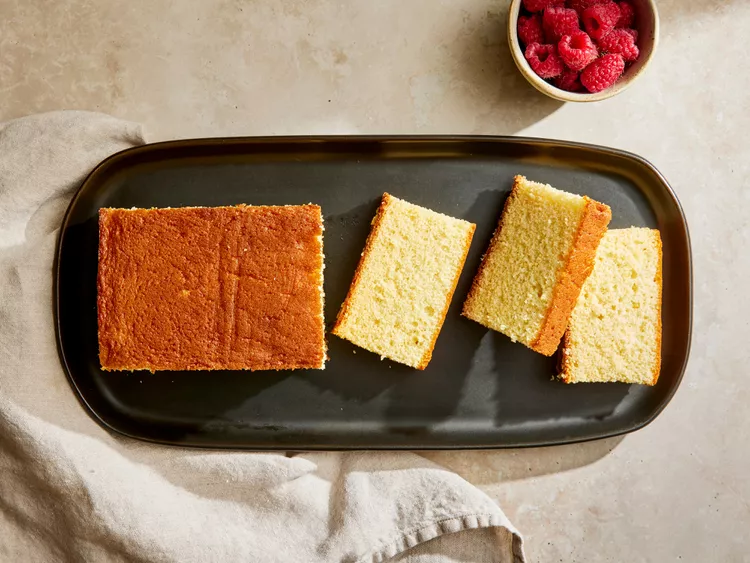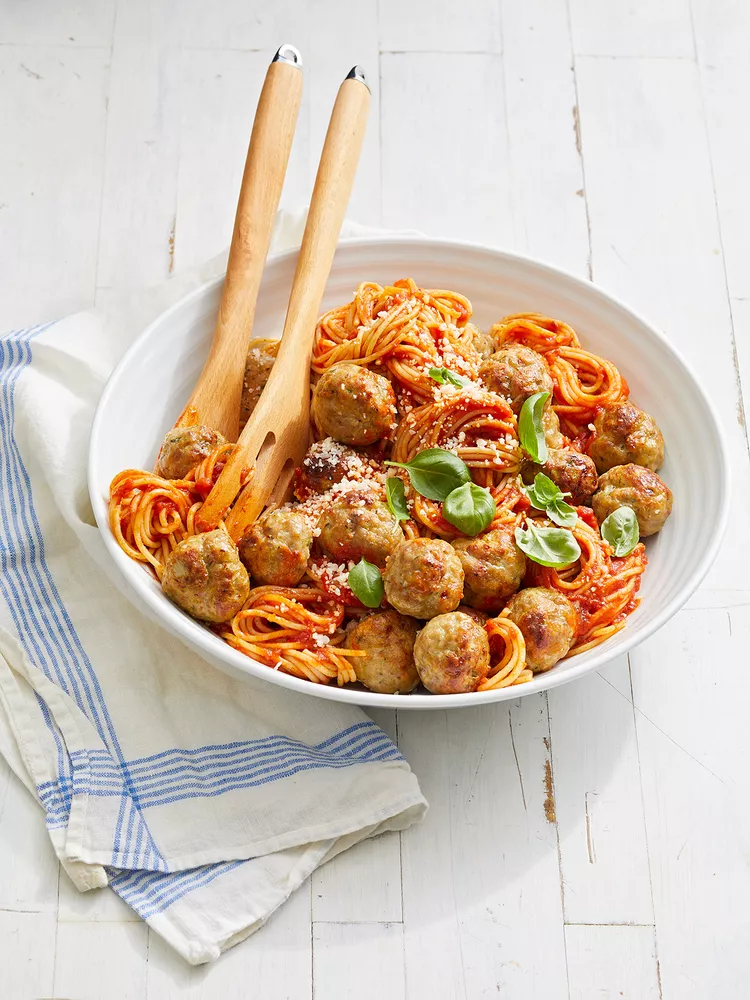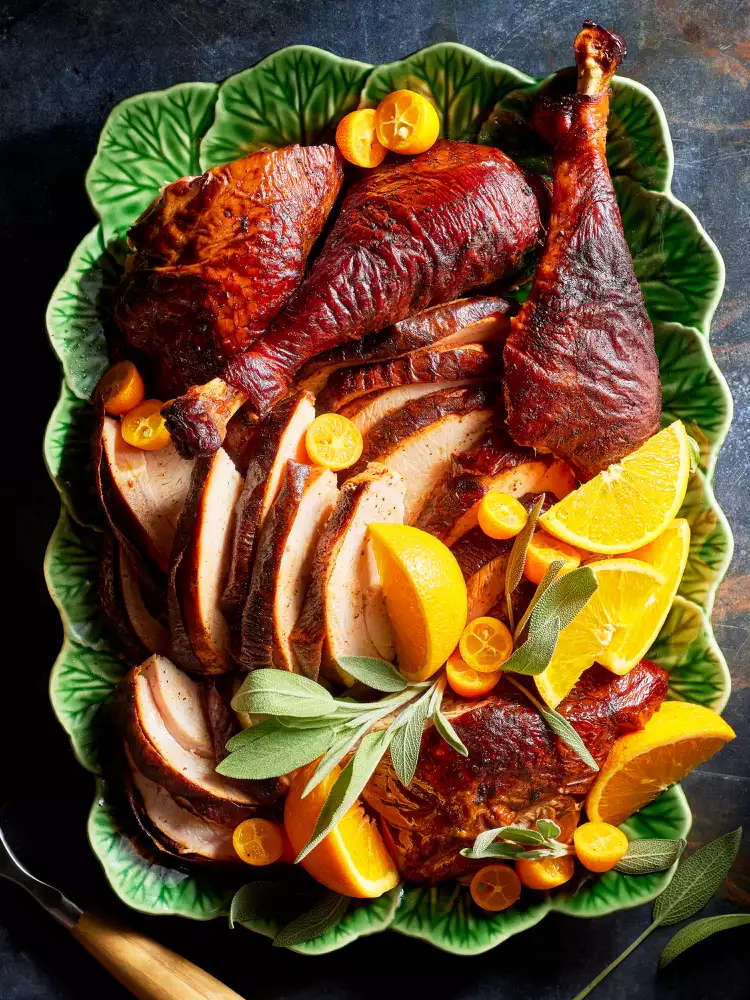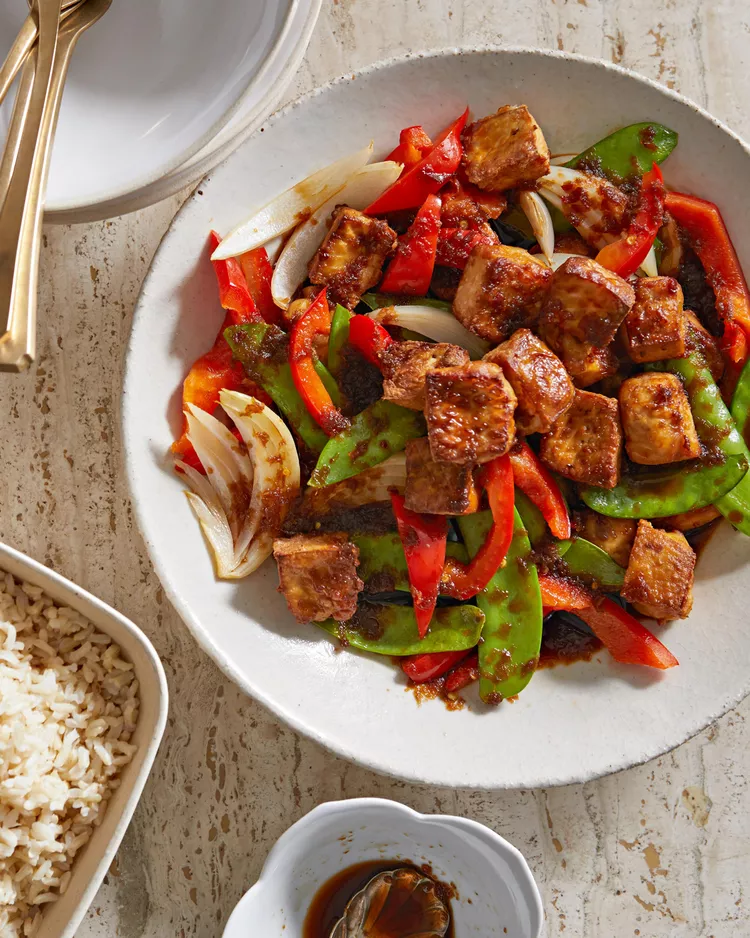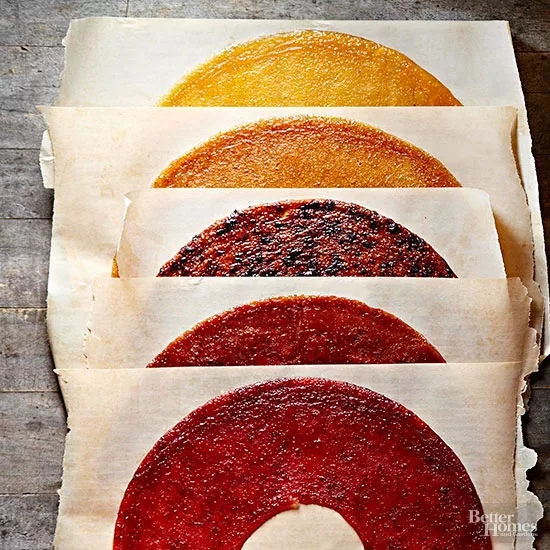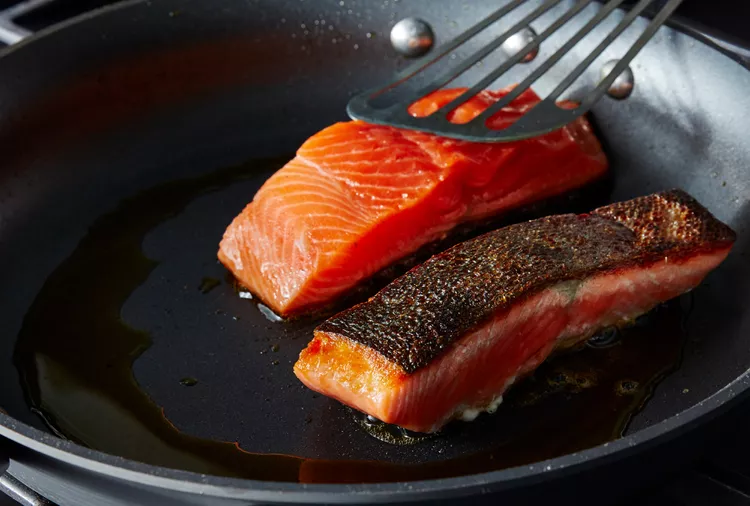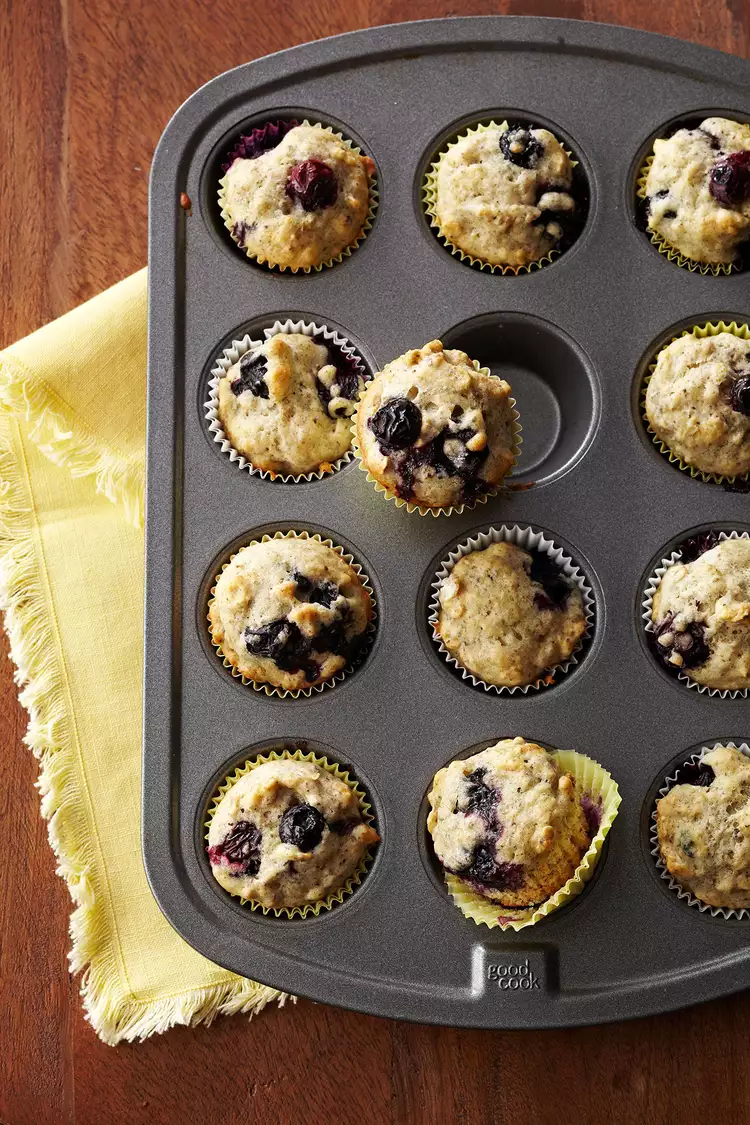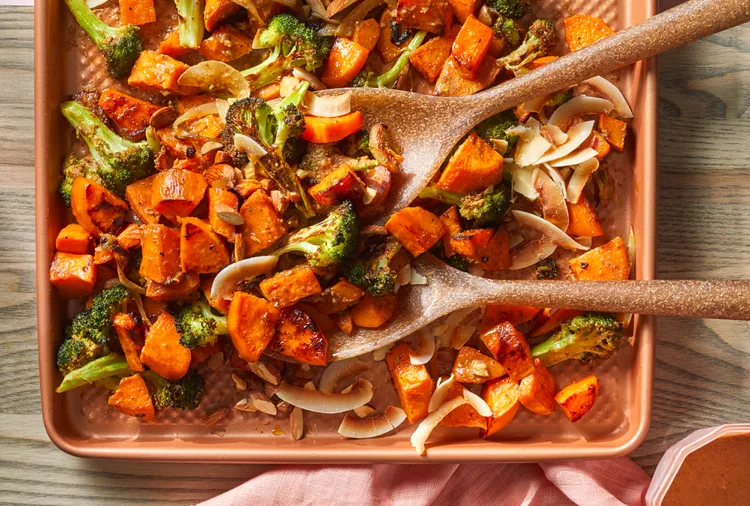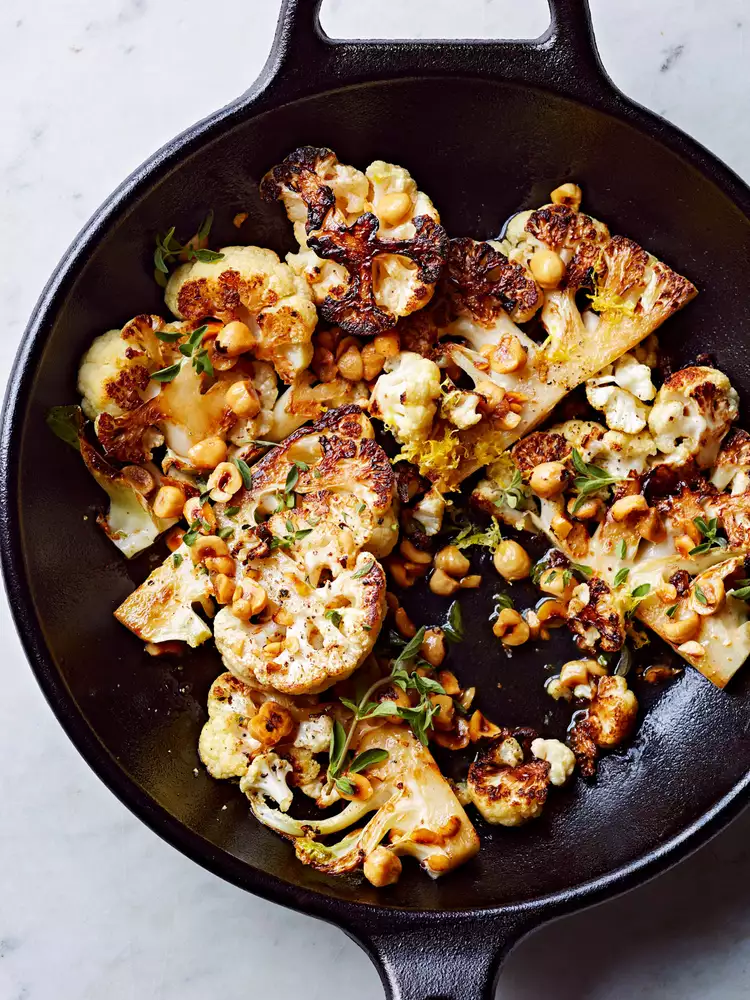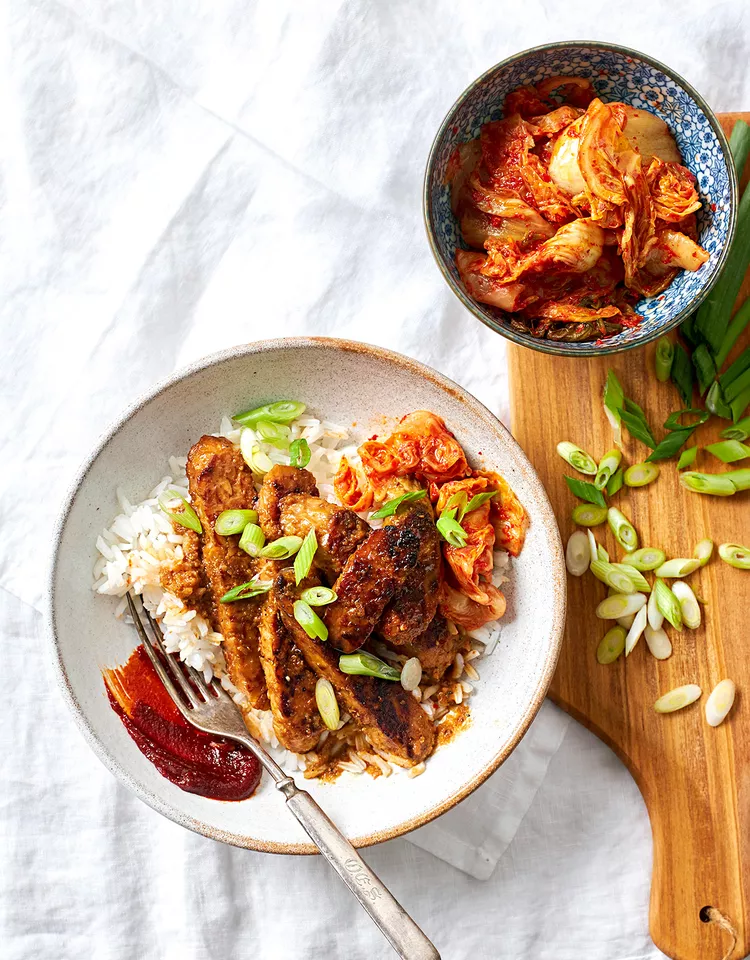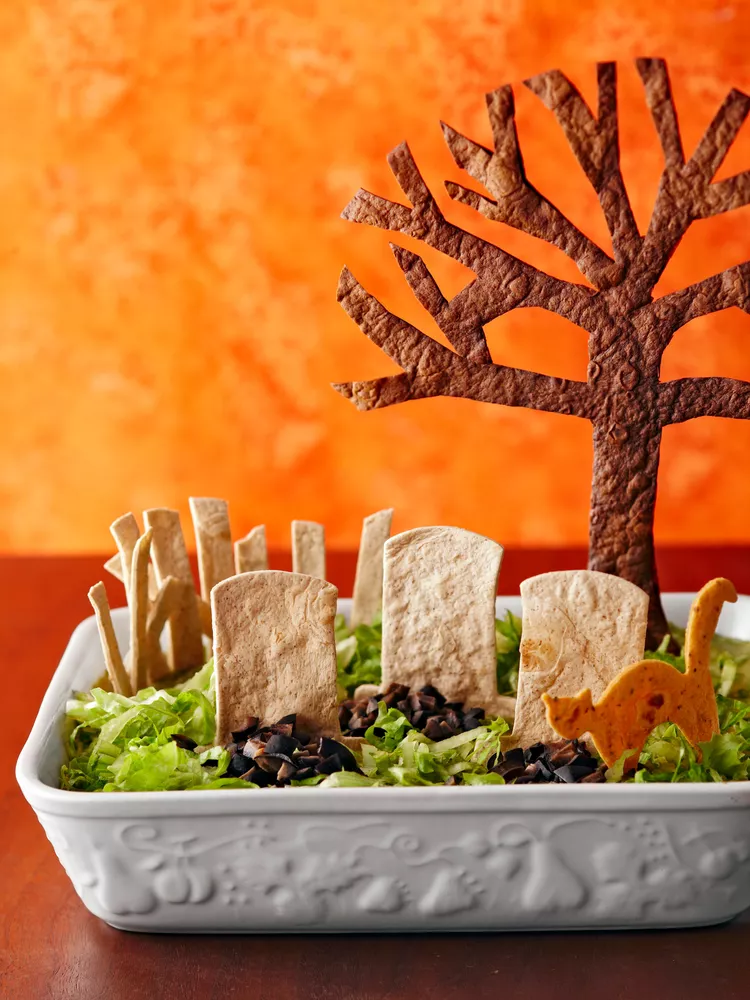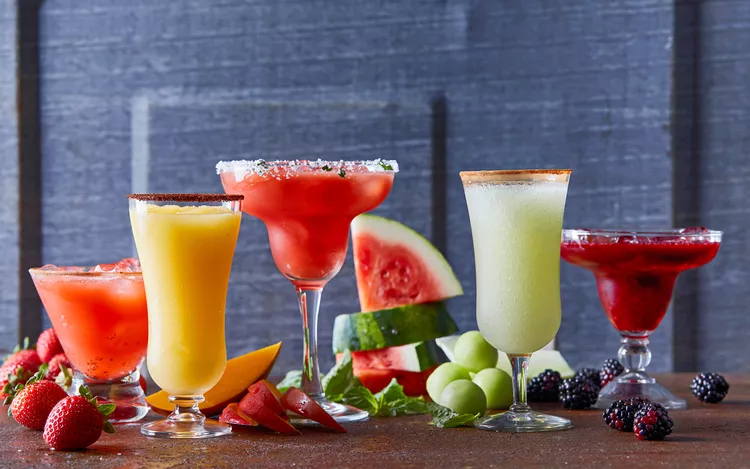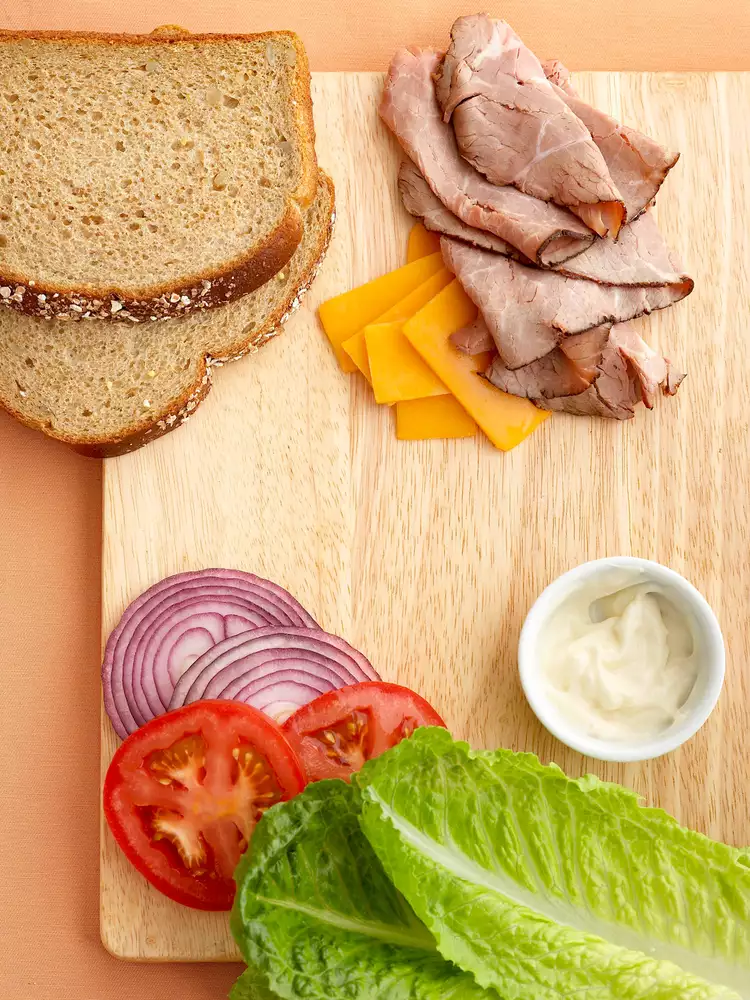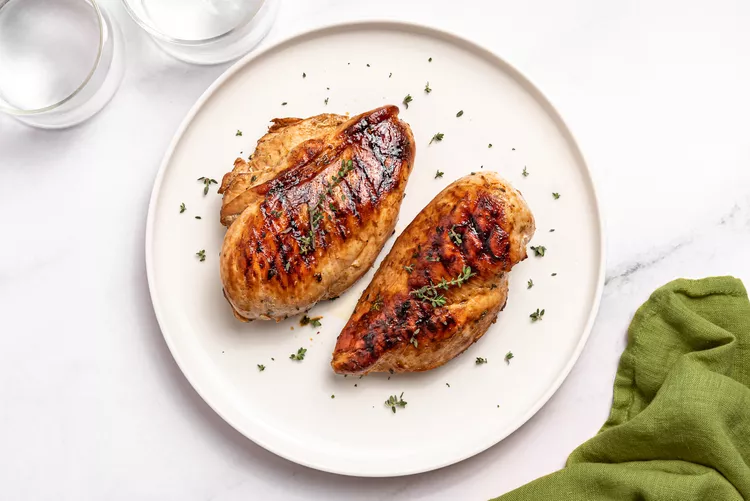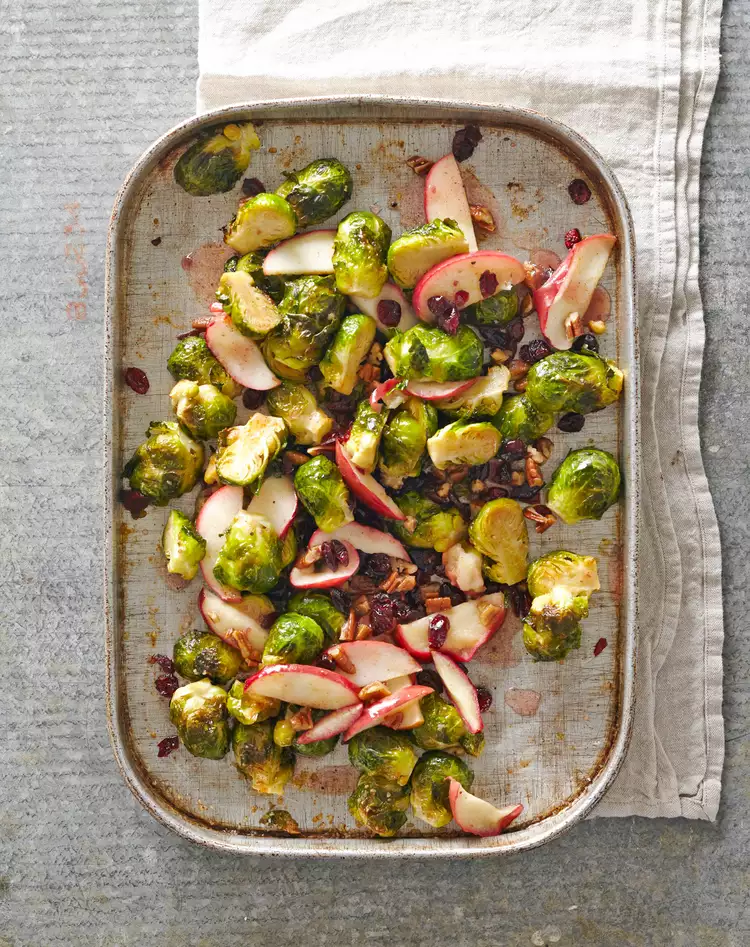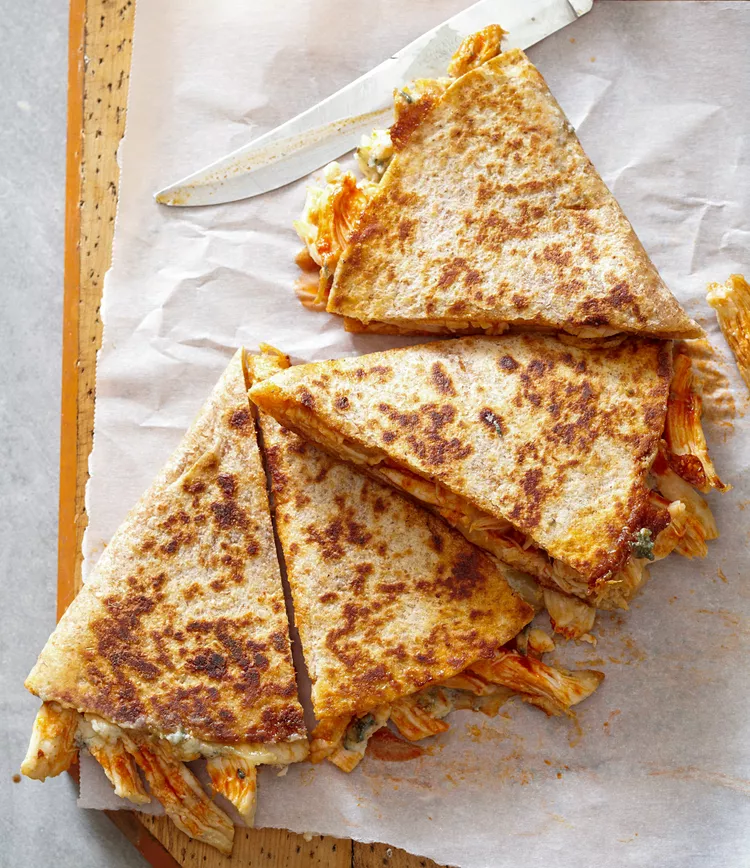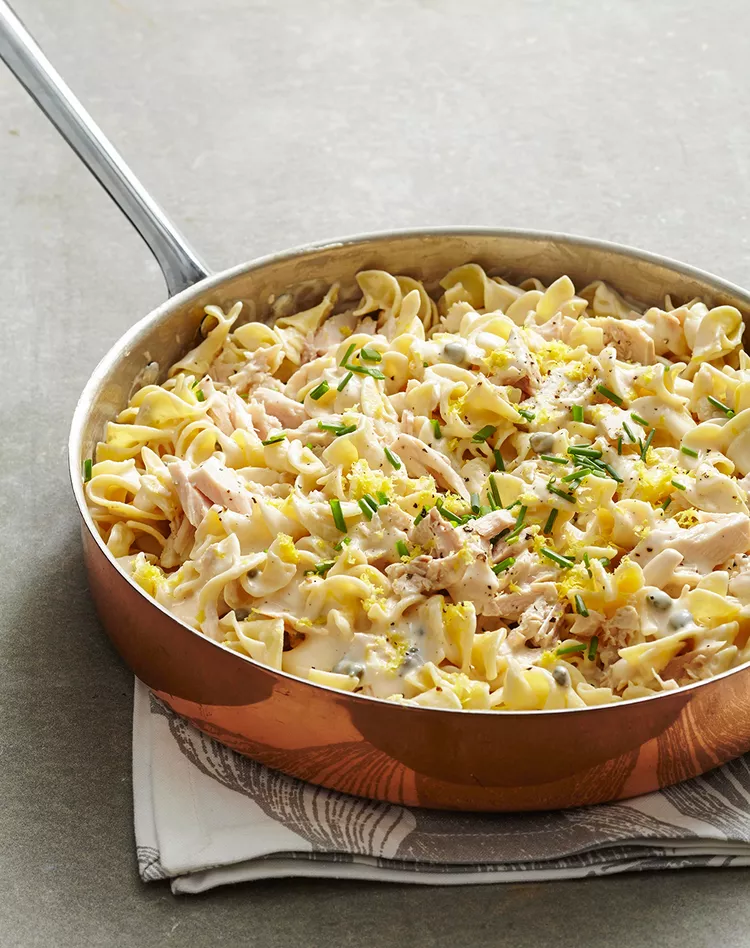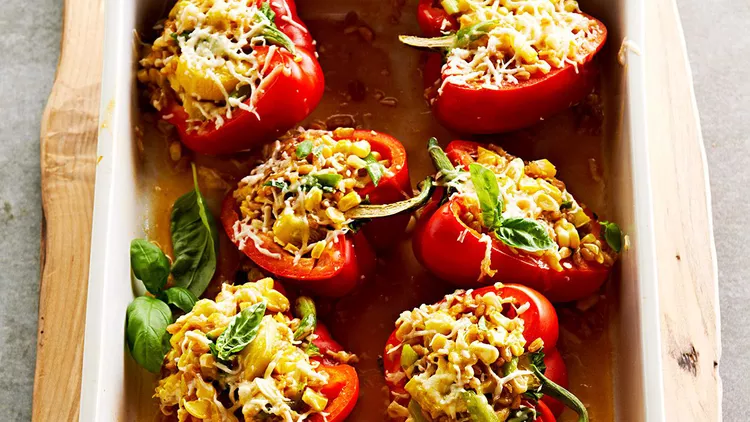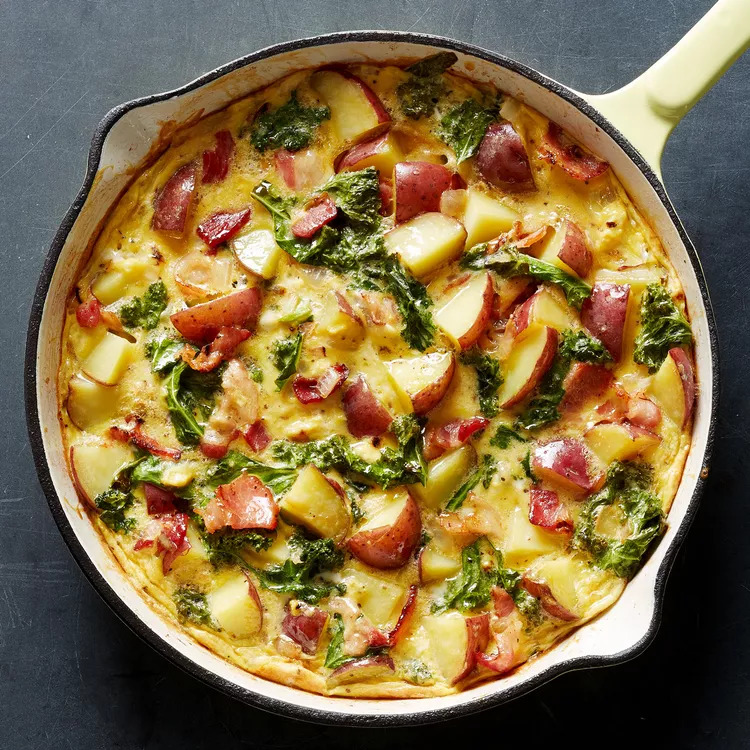It’s not imprinted in my DNA, but my appreciation of desserts is practically genetic. My Mom’s countertop recipe card collection is at least 75% sweet and less than 25% savory, and no holiday—especially birthday—was complete without dessert. Often, the dessert spread involved Scotcheroos, her signature Snickerdoodles, or Puppy Chow (true to our Midwest roots!), but if it was a birthday, there was always cake. Ice Cream Cake, Angel Food Cake, Sheet Cake, Poke Cake, Sponge Cake, Dump Cake; whatever the birthday celebrant asked for, they shall receive.
One cake that I had yet to try until my 30s, but wish I discovered sooner: Castella Cake. After our Test Kitchen perfected and shared this tender, moist, bouncy, and surprisingly easy cake recipe with me, it immediately jumped to the top of my birthday cake request list.
What Is Castella Cake?
Castella Cake is a Japanese honey sponge cake that was brought to Asia by Portuguese missionaries in the mid-1500s. At that time, it was a Portuguese bread called pão de Castela (in honor of Spain’s Kingdom of Castile). Over time, Japanese bakers transformed that original bread recipe into the sweet, bouncy, moist, and airy cake it is today.
A Japanese Castella Cake recipe is what we have for you below. Taiwanese Castella Cake recipes also exist and differ due to their soufflé-like nature and ingredient list. (Taiwanese variations call for cake flour, butter, vanilla, milk, and some form of acid, either vinegar or lemon juice.) To achieve the cloud-like texture, Taiwanese Castella Cake recipes involve separating the eggs, whipping the egg whites, then folding the fluffy whites back into the batter. It’s also baked in a water bath.
This Japanese Castella Cake is light on the ingredients and prep time, making it one of my favorite weekday cake recipes now that I can’t outsource the baking duties as easily to Mom (since she lives 3 hours away)! It’s also a show-stopper every time I share it with pals.
Castella Cake Ingredients
To make this easy Castella Cake recipe, you’ll need:
- Coarse sparkling sugar: Typically used for a topping on muffins, cookies, or scones, this decorative sugar is the key Castella Cake ingredient that creates the golden-brown, crunchy crust on the bottom of the cake. Rather than mixing it into the batter, you’ll use this to sprinkle across the bottom of the parchment paper-lined loaf pan. You can find sparkling sugar online and at most supermarkets and craft stores.
- Honey: Some Castella Cake recipes ask you to brush honey on the cake after it has baked, but for ease and even flavor distribution, we incorporate it right into the batter. If you can find raw local honey, we find that it tends to be more flavorful and complex than the generic bear honey sold for a more budget-friendly price. Either works, though.
- Water: Two tablespoons of H2O is just enough to loosen the batter.
- Salt: Some Castella Cake recipes omit this, but our tasting panel prefers the recipe with ¼ teaspoon of salt to balance out the sweetness.
- Eggs: Bring 3 eggs to room temperature before diving into this recipe. Chilled eggs not only impact baking time, since they’ll bring down the cake batter temperature, but they will also be more challenging to evenly blend into the mixture. To safely speed up the egg-warming process, add the eggs to a bowl, then cover them with warm tap water. Allow the eggs to rest for 5 to 10 minutes, or until they no longer feel cool to the touch.
- Sugar: Cane sugar lends the rest of the sweetness that makes Castella Cake feel definitively dessert-like, rather than similar to its bread origins.
- Bread Flour: This has more protein than all-purpose flour (bread flour is 11 to 13% protein, compared to 9 to 11% in AP flour). By using bread flour in Castella Cake, you’ll be treated to a cake that’s more elastic, bouncy, and that rises higher. If you can’t find or don’t have bread flour, all-purpose works—just note that the texture will be different.
Test Kitchen Tip: Traditionally, this cake contains a small amount of mizuame which is a glutinous starch syrup. It is a very thick, clear syrup commonly used in Japan as a sweetener for beverages, candy, and baking. In baked goods, the syrup helps to retain moisture. Since the syrup can be difficult to find in the United States, we developed this cake without using it and found that it worked and creates a slightly drier cake, but still acceptable. If you find your cake is too dry, drizzle with a little extra honey or sugar syrup.
Tips for Making This Castella Cake Recipe
A mere 5 ingredients transform into one of the best, bakery-quality cake recipes we’ve ever developed thanks to the unique process for making Castella Cake. Don’t worry, it’s not too tough—it just involves a couple extra steps beyond the usual mix-dump-bake strategy. We’ll walk you through the unique steps for how to make Castella Cake:
- Go ahead, drop it. After adding the Castella Cake batter to the pan but before baking, we suggest lifting the pan about 2 inches above the countertop and dropping it onto the surface (and repeating this once more) to help eliminate any potential bubbles. Then after baking, repeat this pan-dropping process twice more to release any built-up steam inside the Castella Cake.
- Give it a spritz and a swirl. After the first 2 minutes of baking, there’s a little more prep. Spray the top of the cake with water, then use an offset spatula to stir the batter in the pan to lift the cake batter at the bottom to the top (and vice versa), being careful not to dislodge any of the sparkling sugar at the bottom of the pan. Bake for 2 more minutes, then repeat this spritz-stir process three more times at 2-minute intervals. After the fourth stir, run the offset spatula vertically through the batter to pop any possible remaining bubbles. Then you’re all set to allow the Castella Cake to bake undisturbed for the final 30 minutes.
- Ace that bake. Wrinkles on top are a sign that you have probably overbaked the cake. An overbaked Castella Cake is still edible, of course, it will just have harder, drier edges and it might be less moist inside as well. The cake is done when you touch the golden top and it springs back. An underbaked Castella Cake may sacrifice some of its top when you try to peel off the silicone mat once it has cooled. You’re aiming for the sweet spot, which our Test Kitchen usually hit after 30 minutes of baking time after the final stir.
- Don’t ditch the post-bake duties. Instead of simply cooling the cake before slicing it, there are just a few more steps:
- Right after removing it from the oven, invert the cooled cake onto a silicone baking mat or piece of parchment paper; do not remove parchment paper. (We recommend using a silicone baking mat for the cooling step because the cake is less likely to stick.)
- Allow the cake to cool fully in this position, which generally takes about 1 hour.
- Wrap the cooled cake, with the bottom still covered in parchment paper, tightly in plastic wrap. Place the cake in the refrigerator for at least 12 hours.
- Then unwrap the cake and discard the plastic wrap and parchment paper. Slice and serve.
Ingredients
-
2 teaspoons coarse sparkling sugar
-
3 tablespoons honey
-
2 tablespoons water
-
1/4 teaspoon salt
-
3 eggs, at room temperature
-
1/2 cup granulated sugar
-
3/4 cup plus 2 tbsp bread flour, sifted
Directions
-
Preheat oven to 350°F. Grease an 8 1/2x4 1/2-inch loaf pan and line bottom and all sides with parchment paper. Sprinkle sanding sugar evenly in the bottom of the prepared pan; set aside. Fill a clean spray bottle with water.
-
In a small bowl whisk together honey, water, and salt.
-
In the bowl of a stand mixer fitted with the whisk attachment, combine eggs and sugar. Beat on high speed for 5 minutes; mixture will be pale in color, quadrupled in volume, and should fall from the whisk in ribbons when lifted. Add honey mixture to the batter and beat on low speed just until combined, about 30 seconds.
-
With the mixer on low speed, whisk in flour just until combined, about 30 seconds.
-
Remove bowl of batter from mixer. Using a spatula, scrape sides of mixing bowl and fold mixture a few times. Pour batter into prepared pan. Lift pan about 2 inches above countertop and drop it onto the surface to remove any air bubbles; repeat once more.
-
Place pan in oven and set a timer for 2 minutes. Working quickly once the timer goes off, spritz the top of the cake with water two times. Use an offset spatula to stir the batter in the pan in a circular motion, about 20 strokes total, so that the batter at the bottom of the pan is circulated to the top and vice versa, taking care to not disturb the sparkling sugar on the bottom of the pan. Close oven door and set the timer for another 2 minutes. Repeat this process three more times. After the fourth time, run a skewer or the offset spatula vertically through the batter to eliminate any remaining air bubbles.
-
Continue baking cake about 30 minutes more or until the top springs back when lightly touched. Cake will appear wrinkly on top if over baked. Remove pan from oven and carefully drop the pan onto the countertop twice to release any trapped steam. Invert cake onto a silicone baking mat or piece of parchment paper; do not remove parchment paper. Let cool fully, about 1 hour.
Test Kitchen Tip: We recommend using a silicone baking mat for this step because the cake is less likely to stick.
-
Wrap cooled cake, still in parchment paper, tightly in plastic wrap and chill at least 12 hours.
-
To serve, unwrap cake and discard parchment paper. Using a finely serrated knife, carefully trim the brown crusts from the 4 sides of the cake (leave golden brown crust on the top and bottom of the cake). Slice cake crosswise into 3/4-inch thick slices.
Castella Cake Topping Ideas
This cake is treat enough on its own, but for an extra festive touch and even more flavor, consider doctoring up your slices with:
- Whipped Cream
- Ice Cream
- Warmed fruit marmalade or jam
- Fresh berries
- Grilled stone fruit
- Sautéed apple slices
How to Store Castella Cake
If you’re lucky enough to have leftover Castella Cake, cover it in plastic wrap, then store in the refrigerator for up to 3 days. For extended storage, pop the cake into a zip-top freezer bag or airtight container and freeze for up to 1 month.
Nutrition Facts (per serving)
| 126 | Calories |
| 2g | Fat |
| 25g | Carbs |
| 3g | Protein |
| Nutrition Facts | |
|---|---|
| Servings Per Recipe 10 | |
| Calories 125.9 | |
| % Daily Value * | |
| Total Fat 1.6g | 2% |
| Saturated Fat 0.5g | 2% |
| Cholesterol 55.8mg | 19% |
| Sodium 74.9mg | 3% |
| Total Carbohydrate 24.9g | 9% |
| Dietary Fiber 0.3g | 1% |
| Total Sugars 16.1g | |
| Protein 3.3g | 7% |
| Vitamin D 0.3mcg | 2% |
| Vitamin C 0mg | 0% |
| Calcium 10.8mg | 1% |
| Iron 0.4mg | 2% |
| Potassium 36.2mg | 1% |
| Fatty acids, total trans 0g | |
| Vitamin D 12.3IU | |
| Alanine 0.2g | |
| Arginine 0.2g | |
| Ash 0.4g | |
| Aspartic acid 0.3g | |
| Caffeine 0mg | |
| Carotene, alpha 0mcg | |
| Choline, total 45.5mg | |
| Copper, Cu 0mg | |
| Cystine 0.1g | |
| Energy 526.7kJ | |
| Fluoride, F 2.7mcg | |
| Folate, total 11.1mcg | |
| Glutamic acid 0.8g | |
| Glycine 0.1g | |
| Histidine 0.1g | |
| Isoleucine 0.2g | |
| Leucine 0.3g | |
| Lysine 0.2g | |
| Methionine 0.1g | |
| Magnesium, Mg 5mg | |
| Manganese, Mn 0.1mg | |
| Niacin 0.1mg | |
| Phosphorus, P 41.6mg | |
| Pantothenic acid 0.3mg | |
| Phenylalanine 0.2g | |
| Phytosterols 0mg | |
| Proline 0.3g | |
| Retinol 24mcg | |
| Selenium, Se 9.5mcg | |
| Serine 0.2g | |
| Theobromine 0mg | |
| Threonine 0.1g | |
| Vitamin E (alpha-tocopherol) 0.2mg | |
| Tryptophan 0g | |
| Tyrosine 0.1g | |
| Valine 0.2g | |
| Vitamin A, IU 81.2IU | |
| Vitamin A, RAE 24mcg | |
| Vitamin B-12 0.1mcg | |
| Vitamin B-6 0mg | |
| Vitamin K (phylloquinone) 0.1mcg | |
| Water 17.1g | |
| Zinc, Zn 0.3mg | |
*The % Daily Value (DV) tells you how much a nutrient in a food serving contributes to a daily diet. 2,000 calories a day is used for general nutrition advice.
